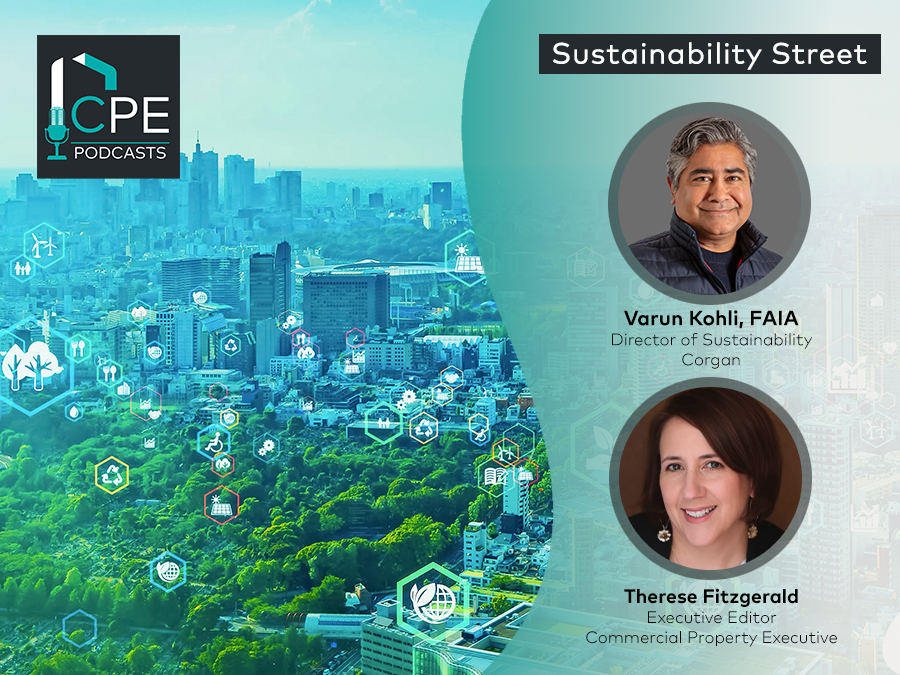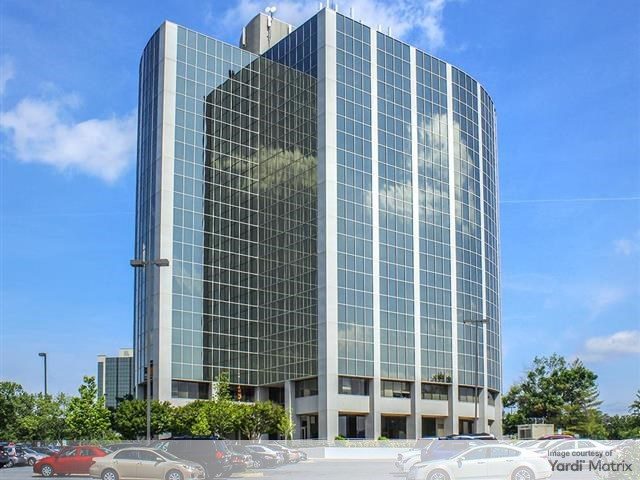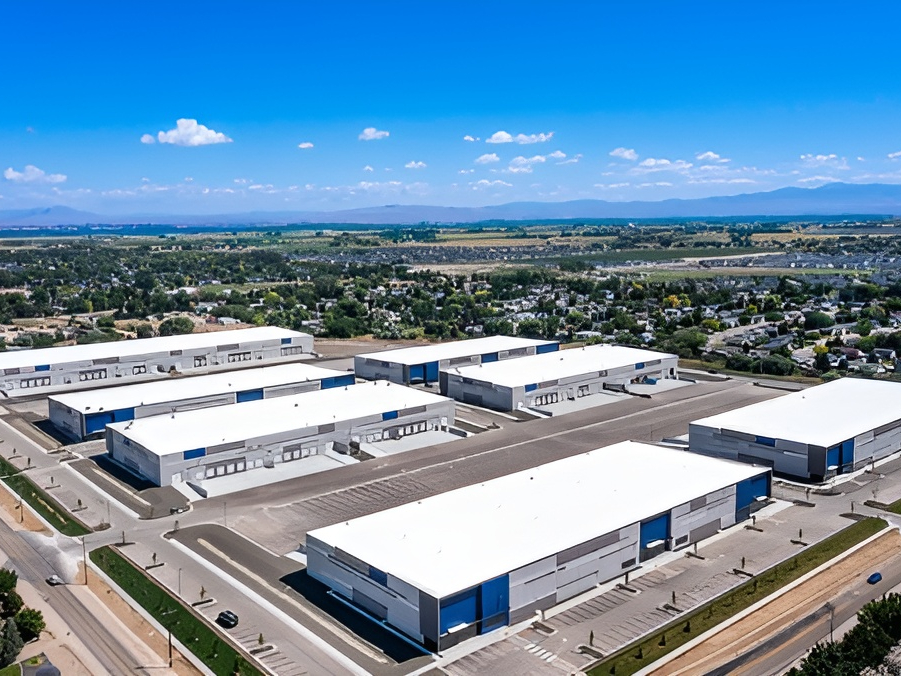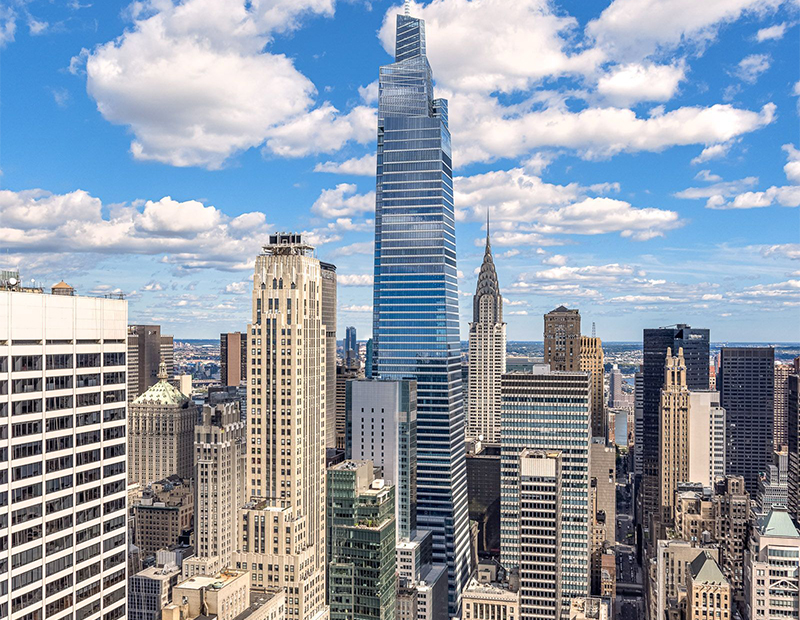Measuring the Value of Biophilic Design at Greenbuild
Jim Determan, David Kepron and Erin Linney discussed what we gain from truly integrating nature into the built environment.
“Biophilia” may not be the clearest of terms at first encounter. The baseline of the concept stems from the hypothesis that humans have an innate tendency to seek connections with other forms of life, seeking to be closer to our roots as part of nature. Perhaps the most beautiful definition of biophilia comes from Aristotle, who summarized it as “love for life”.
On the last day of Greenbuild 2020, biophilia could not be absent from the discussion table. Commercial Property Executive followed a session that included Jim Determan, principal at Craig Gaulden Davis, David Kepron, founder & owner of NXTLVL Experience Design, and Erin Linney, member of the sustainable built environment team at Salesforce, the three expressing takes on biophilic design from different perspectives—learning spaces, retail and hospitality, and workspaces. During the one-hour session, the panelists weighed new metrics for the real value of biophilic design and what makes the general public invest in it.
“In every walk with nature, one receives far more than one seeks”
In the built environment, biophilic design stands for sustainable design that strives to reconnect people with nature. Studies show that biophilic design reduces stress, improves cognitive function and creativity, improves wellbeing and productivity and expedites healing. These days, when the COVID-19-induced health crisis puts tremendous pressure on our mental state, these qualities are more important than ever.
Determan, who holds three and a half decades of experience in designing learning spaces, gathered a team of multidisciplinary researchers, including educators, neuroscientists, social scientists and architects, who together produced several studies proving that design of the physical space contributes to academic success. These studies suggest a strong connection between biophilic design, student stress reduction and improved learning outcomes.
One recent study at a private school in Baltimore returned an astounding result—biophilic design produced a 300 percent average increase in math learning over the academic year, while students were significantly less stressed when compared to a controlled room. From this, it is safe to say that biophilic design can have a long-term impact on society as a whole, as academic attainment can be directly linked to a subsequent higher quality of life. Moreover, when students are calm and less stressed, they are less likely to act out of aggression or bullying.
READ ALSO: Green Building: Beyond the Environment, Operational Savings
Linney talked about Salesforce’s incorporation of biophilic design into its workspaces and the benefits it brings. She pointed out that all of the company’s spaces share the same design standards, drawing inspiration from nature with clear lines, flowing spaces, refreshing colors and good use of sunlight and panoramic views through floor-to-ceiling windows. This attention to interior design, she agreed, improves productivity and cognitive function, while also reducing stress. Additionally, considering the current global work-from-home context, Salesforce management is looking into ways to help employees increase their wellness at home.
Kepron, who was vice president of global design strategies at Marriott right until the onset of the novel coronavirus pandemic, presented the advantages brought by biophilic design from a retail and hospitality perspective.
He explained how architects determine the value of their activity and proposed a revision of the language used in design in relation to biophilia. As such, the ROI in design could be defined as return on novelty, return on experience, return on emotion, return on digital, return on memory. These features do not show up on spreadsheets in an economy fixated on material gains, but the fact is people will spend more money on a room with a garden/ocean view than they would for the sight of a brick wall.
In other words, this could serve as a metric for the value of biophilic design. In an experience-based economy, emotion is the main driver of the story; emotion is the equity in this case. With the “wow” factor weighing a lot in hospitality and retail, residual memory is what makes people want to come back, and biophilic design is a proven method to achieve this.
READ ALSO: Sustainability Starts With People
In pandemic times, safety becomes an anxiety-inducing, front and center issue. As biophilic design has the advantage of lowering stress levels, it could contribute to a more relaxed comeback for many sectors of the economy. Additionally, Kepron pointed out, biophilia is not about using plants in the designed space, but about materials, patterns and textures. He made a case for the use of copper, which is not only known for its anti-microbial features, but is also the human body’s third most frequently found metal.
Why isn’t it used more often?
“Inertia! If it’s new, it’s gotta cost more!”, responded Determan. He added that while we use dollar-per-square-foot as a measure of success, this viewpoint is outdated when it comes to education, as an architect designing schools is not investing in real estate, but rather in future generations that might be able to solve society’s current problems.
He asked further, “What is the ROI of GPA?” Matching the ‘why’ of the architect with the ‘why’ of the decision-maker in constructing buildings is the way forward for biophilic design.












You must be logged in to post a comment.